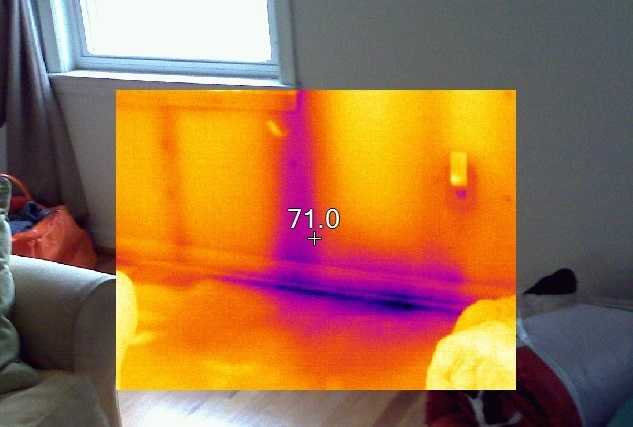
Enhance Your Home's Efficiency

About
Reducing Electrical Usage
Homes and commercial buildings consume 40% of the energy used in the United States. Of the $2,000 the average American spends paying for energy annually, $200 to $400 could be going to waste from drafts, air leaks around openings, and outdated heating and cooling systems. By reducing these losses through energy efficiency upgrades, you could be saving hundreds of dollars annually.

Home Efficiency
Radiant Barrier
Radiant barriers are installed in homes primarily to reduce summer heat gain and reduce cooling costs. They don't reduce heat conduction like thermal insulation materials, but rather the barriers consist of a highly reflective material that reflect radiant heat rather than absorbing it.

Home Efficiency
Insulation
Insulation in your home provides resistance to heat flow and lowers your heating and cooling costs, and most common insulation materials work by slowing conductive heat flow and convective heat flow. By properly insulating your home, you're not only reducing heating and cooling costs, but also improving long-term comfort.

Home Efficiency
Other Upgrades
Homes over 15 years old may benefit from a new air conditioner, furnace, or boiler. A programmable thermostat enhances heating and cooling efficiency setting climate control systems so that they can achieve optimal temperature for minimal cost. Saving money on lighting could be as easy as switching to LED or CFL bulbs. All of these improvements lead to energy savings, and homeowners who want to be certain that they are not missing any improvements can request an efficiency inspector.
Request a quote
If you are needing service on an existing system go here. Otherwise please fill out this form and a resprentative will reach out to you
